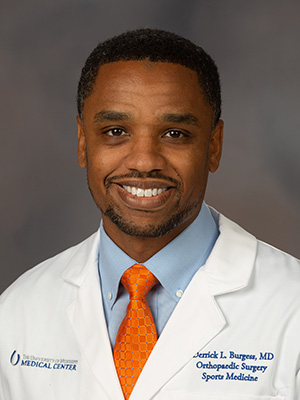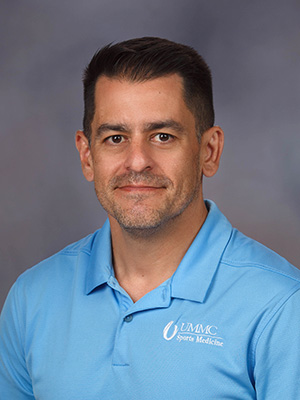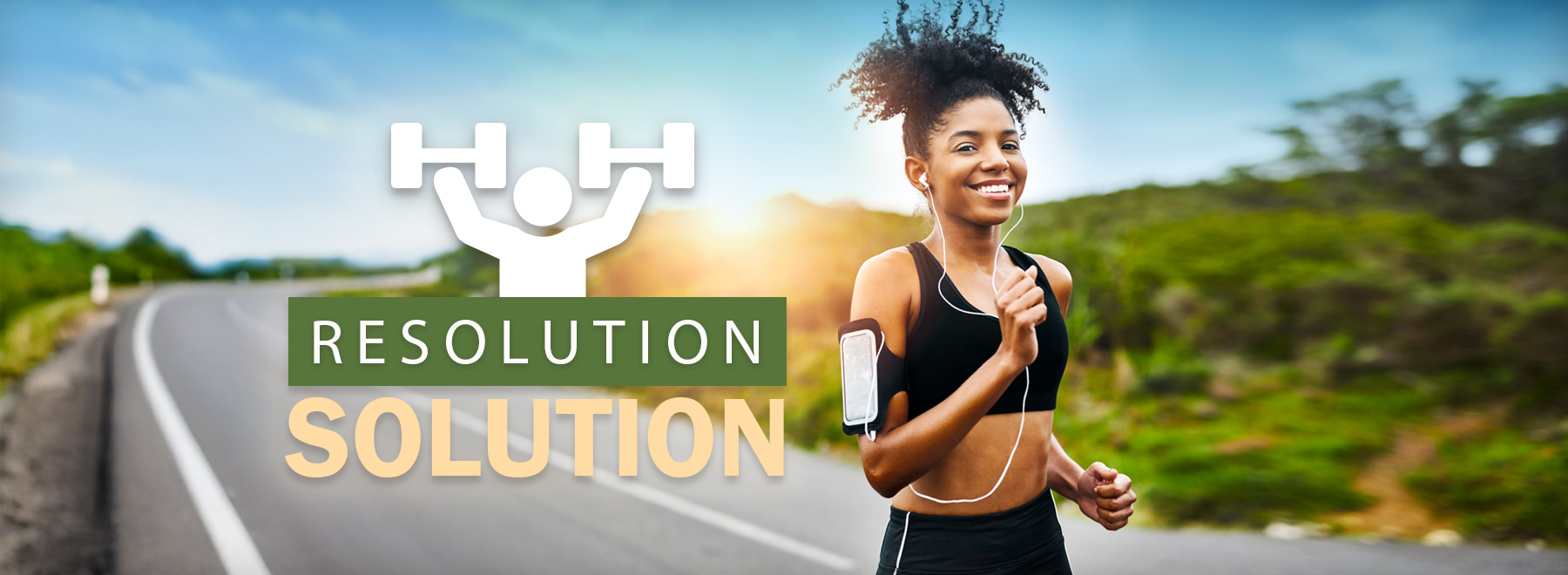Exercise caution if you want to reach your New Year’s fitness goals
Like tanning and a turkey, exercise can be overdone.
It’s a risk that resonates at this time of year, when so many people make New Year’s resolutions to get in shape.
For 2024, 48% of U.S. adults surveyed in a Forbes Health/OnePoll said that improving fitness was a priority where resolutions were concerned.

“Typically, people have the motivation, but they may not have the proper form and technique to do the exercises they want to do,” said Dr. Derrick Burgess, an assistant professor of orthopaedic surgery at the University of Mississippi Medical Center, who specializes in sports medicine.
“Some say, ‘I’m going to work out every day,’ but that might not be sustainable for people who haven’t been active for a while.”

Often, people decide to commit to fitness by joining a gym. “The gym I go to seems busier in January,” said Jeff Martinez, director of operations for orthopaedic surgery at UMMC and supervisor of UMMC Sports Medicine.
“People join a gym and make a resolution to get fit by fill-in-the-blank. Others decide to run: No gym membership is required; it’s usually available right outside your front door and it doesn’t take a lot of skill. Everyone knows how to run.”
But not everyone may know how to run prudently. “With running, the biggest issue is an overuse injury, typically, tendonitis: aches and pains in the knees and ankles,” Martinez said.
“But it could also lead to stress fractures, which you really worry about. This injury now sets you back even longer. And that may just kill your fitness routine.”
Still, some pain or discomfort is normal. “Someone who hasn’t been to the gym in a while may not understand that they may experience delayed onset soreness,” Martinez said.
“They may say, ‘I really hurt myself; I’m not going back to the gym.’”
But there may be a real problem, Burgess said, “if the pain doesn’t resolve itself in three to five days after taking inflammatory medications and resting. In that case, see a physician – your primary care doctor or a sports medicine physician.
“The advantage of seeing a sports medicine physician is that we treat athletes routinely; we understand the injuries, or we can recognize if it’s just soreness versus a more serious injury requiring intervention.”
For anyone who isn’t used to working out, Burgess and Martinez suggest starting out by walking or do some other low-impact activity, such as swimming.
“Walking is a great exercise for most people who are looking to lose weight,” Martinez said. “It’s great for burning fat. It keeps your heart rate low and it’s much lower impact.”
Swimming is very low impact but offers a high level of cardiovascular benefits, Martinez said. “There are also elliptical trainers, which mimic cross-country skiing.”
Whatever you decide to do, visit your primary care physician first “and get the all-clear,” Martinez said, “especially if it has been years since you’ve worked out regularly.”
For any exercise program, Burgess recommends “proper hydration and nutrition.” Stretching is also a good idea, Martinez said.
“Whether starting out in the weight room or running, flexibility is important,” Martinez said. “But I think a lot of people make the mistake of saying, ‘let me stretch now, then I’ll run.’ That’s backward.
“You always want to warm up to stretch, not stretch to warm up. A warmed muscle is going to be more flexible. So, do a low-intensity jog or jumping jacks or go walking for five or six minutes – then do some of your typical flexibility exercises: calf stretch, leg and arm swings. You’ll have better results.”
Runners should include cross-training, such as weight-lifting, in their fitness agenda, the experts said. Burgess suggests using lighter weights to start with.
“I also recommend that you do a whole-body workout instead of working the same muscle groups over and over again,” Burgess said. “Work the upper body one day and the lower body the next. Also, incorporate weight-lifting with cardiovascular workouts [jumping jacks, squat jumps, swimming, cycling, dancing, etc.]
“That way, you’re not using the same muscle groups and systems every day.”
Martinez suggests “committing to the habit, rather than to the results.” That could mean pledging to exercise, say, 20 minutes a day.
“But, when you first start, you don’t just walk out the door and run for 20 minutes. You may be able to do that the first day, but unless you’re fit, you may risk a stress injury in the days that follow.
“To start out slowly, you could walk one minute, then run one minute, alternating. The next week, maybe do each exercise for a minute-and-a-half, and increase that way each time. It’s something simple that you can keep in your head.
“You could also decide to progress at, for instance, about 10 percent each week; that could mean increasing time, the number of reps, or the weight you’re lifting by that amount.”
The commitment to exercise may be for four or five times a week, instead of every day. “But with any commitment, you should be saying, ‘I did something’ – not ‘I ran x number of minutes or miles,’” Martinez said.
That holds true, of course, for sports. “Taking up a sport is a great idea,” Martinez said. “Sports can be fun. But have reasonable goals, early on, to minimize the risks.
“One sport that’s really popular now is pickleball. It’s a relatively lower level of activity, but people are still getting their heart rate going. The risk of injury is not as great compared to some other sports, but you’re still out there for 45 minutes or an hour, moving your entire body.
“People of all ages and fitness levels can participate and get fit relatively quickly. Regardless of the sport you choose, if you have a teammate or a group of people you participate with, that could provide more motivation.”
If you need even more incentive to work out, take along some company.
“If you can find a workout partner, that’s great,” Martinez said. “If not, have your favorite podcast or music you can listen to. It keeps your mind focused on that. You may be less aware of how tired you are getting, and it’s entertaining.”
— — —
For more information about the services and experts offered by UMMC Sports Medicine, visit this website; for additional information or an appointment, call 601-984-6525.
The above article appears in CONSULT, UMMC’s monthly e-newsletter sharing news about cutting-edge clinical and health science education advances and innovative biomedical research at the Medical Center and giving you tips and suggestions on how you and the people you love can live a healthier life. Click here and enter your email address to receive CONSULT free of charge. You may cancel at any time.



